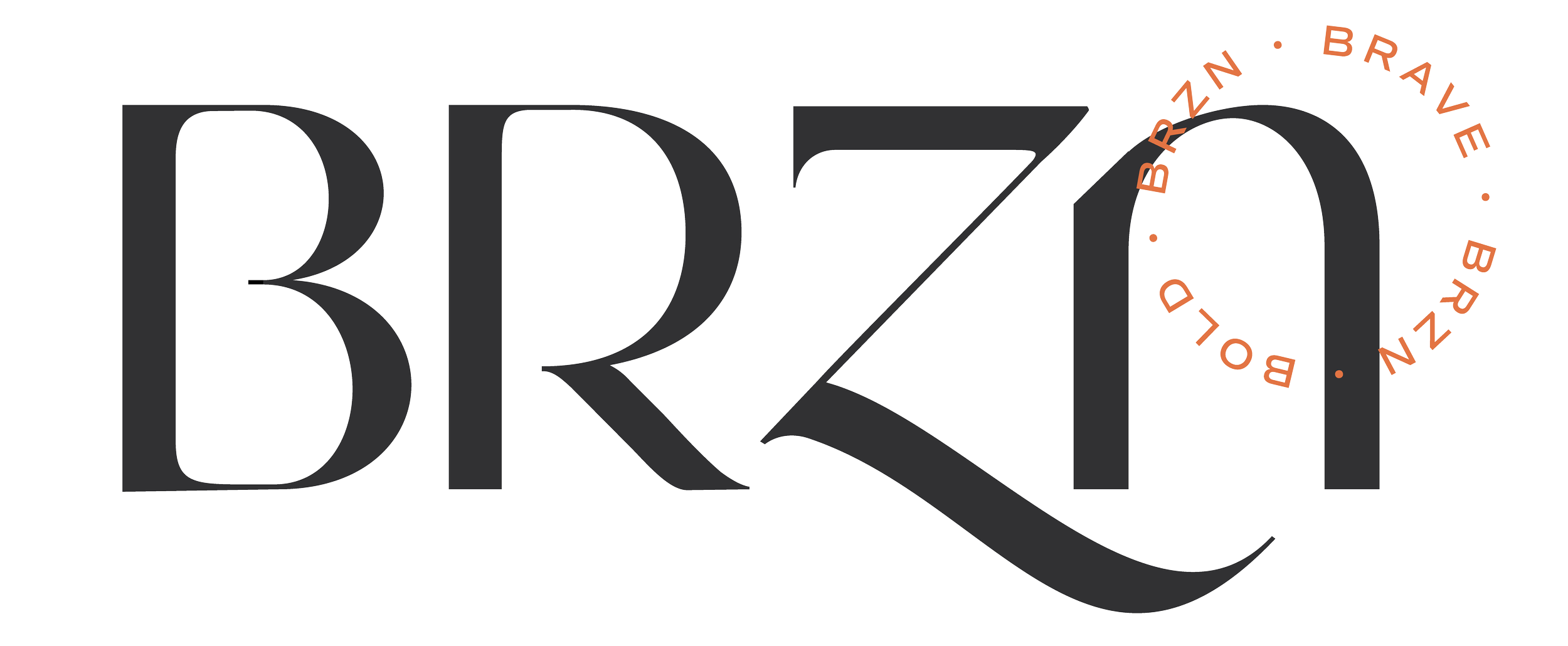How to choose the best file type
the 5 most common file types you’ll likely encounter when building your online brand — and when to use them.
.JPG
This is your go-to file for online photos — including your web images and banners, and other online graphics like a newsletter or facebook ads.
With a full spectrum of color, a JPG can be saved in a high-resolution giving you a large crisp photo. You'll want to be careful not to upload web images into your website that are too large though, as it could affect your site's loading time.
Bonus Tip:
Most new computer monitors, and devices, now display a fancy retina screen, which makes for an amazing web experience, but you'll also need to have your JPG ready. Retina screens essentially double the amount of pixels per inch making a JPG with a small resolution look a bit blurry on a newer device. You may have noticed this on your facebook banner as well.
A simple fix is to make sure that your graphic is double the recommended size or resolution, if your file is set at 72ppi (pixels-per-inch), try going to 144ppi or higher.
.PNG
The PNG is perfect for uploading your logo and other graphics (like icons) to your website as they can be saved with a transparent, or semi-transparent, background. These files boast a wide range of color (similar to a JPG) but since they only display in RGB, a web-safe color mode, you should only use PNGs for digital and web applications.
Bonus Tip:
If you're looking to create a simple layered graphic, for example, placing your logo over an image, a PNG logo file will get it done.
.EPS
You should always have your logo handy in this vector file type.
An EPS vector file is extremely useful when ordering any marketing materials or printed goods for your business as it has tremendous scalability and can be used from your business card to a billboard while maintaining sharp quality.
Bonus Tip:
Use an EPS file when ordering marketing materials, like custom signs, shirts, or engraved goods.
.PSD/.IA
If you're familiar with the Adobe Suite you probably recognize these file types, the PSD is a photoshop file extension and the AI is an illustrator file.
These files are perfect if you're looking to create a graphic that can easily be edited — for example, a facebook banner image with a text overlay, or a web graphic that you will want to update overtime. Note, you will need to create and edit any specific graphics in Photoshop/Illustrator and then save your files in the native program to be able to access the layers and easily edit.
To use on the web, simply export your graphic as a JPG or PNG.
PDF files are universal, meaning you can share them across many platforms without any formatting issues. They are also considered one of the most secure file types, making them a go-to format for sending contracts, or any material that you do not want to be altered.
These files are also great for creating infographics and interactive online workbooks - including form fields, hyperlinks, and rich media.
PDF files can be created in Word, Powerpoint, Acrobat, and Indesign (to name a few).
Now that you have a better understanding of your new go-to file types, go out and share your brand with the world! Remember, the more consistent that you are in getting your brand in front of people, the more recognizable your brand will become!

